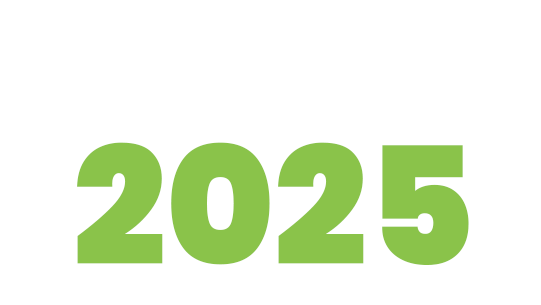
Shape Memory Alloys for structural actuation architectures: expected material performance improvement by additive manufacturing
Please login to view abstract download link
In this work, attention is paid to the use of Shape Memory Alloys for solid actuation in three different configurations: axial, bending and torsional. Despite of the most common use of the SMA as linear actuators under the shape of wires, rods or tapes, many applications benefit of their use in bending or torsional mode. However, the complex nature of the SMAs has an impact on their working capability. This is strictly related to the pre-load process necessary when the actuator is integrated in the actuated structure to produce enough martensite, exploitable for the thermal actuation. Since this amount is strictly related to the local stress level, the load distribution and the geometry of the SMA plays a critical role. In practice for stretched 1D SMA elements, a uniform stress is generated in the cross section with a full exploitation of the material. Differently, when a shell element of SMA is bent, a non unform stress distribution is generated across the thickness: the outer layers of the alloy are more stressed than the inner ones. This causes a non-uniform production of martensite, with a core of austenite not only unusable for the actuation but also hindering it. The same can be said for the torsional actuation: when a torque is applied to a rod, the angular deformation passes from a 0 on the axis to a maximum value on the outer coil. This determines an inner region of the cross section in which the stress keeps lower the transformation threshold with, again, a region unusable for actuation. In this work the above-mentioned aspects are discussed and investigated and potential solutions to mitigate them are proposed. More in detail, the implementation of specific layouts achievable through additive manufacturing is taken into account; this with the intent of maximising the production of martensite during the pre-load phase and thus the exploitability of the material as actuator. Among the others, the possibility of selectively changing the density of material through additive manufacturing will be considered, trying to reduce the material in the zones commonly not receptive to the phase change. This will lead to an enhanced ratio between the potentially activable material and the passive one, with benefit in terms of actuation and other structural aspects. Dedicated indicators will be finally defined to quantify the achievements.

